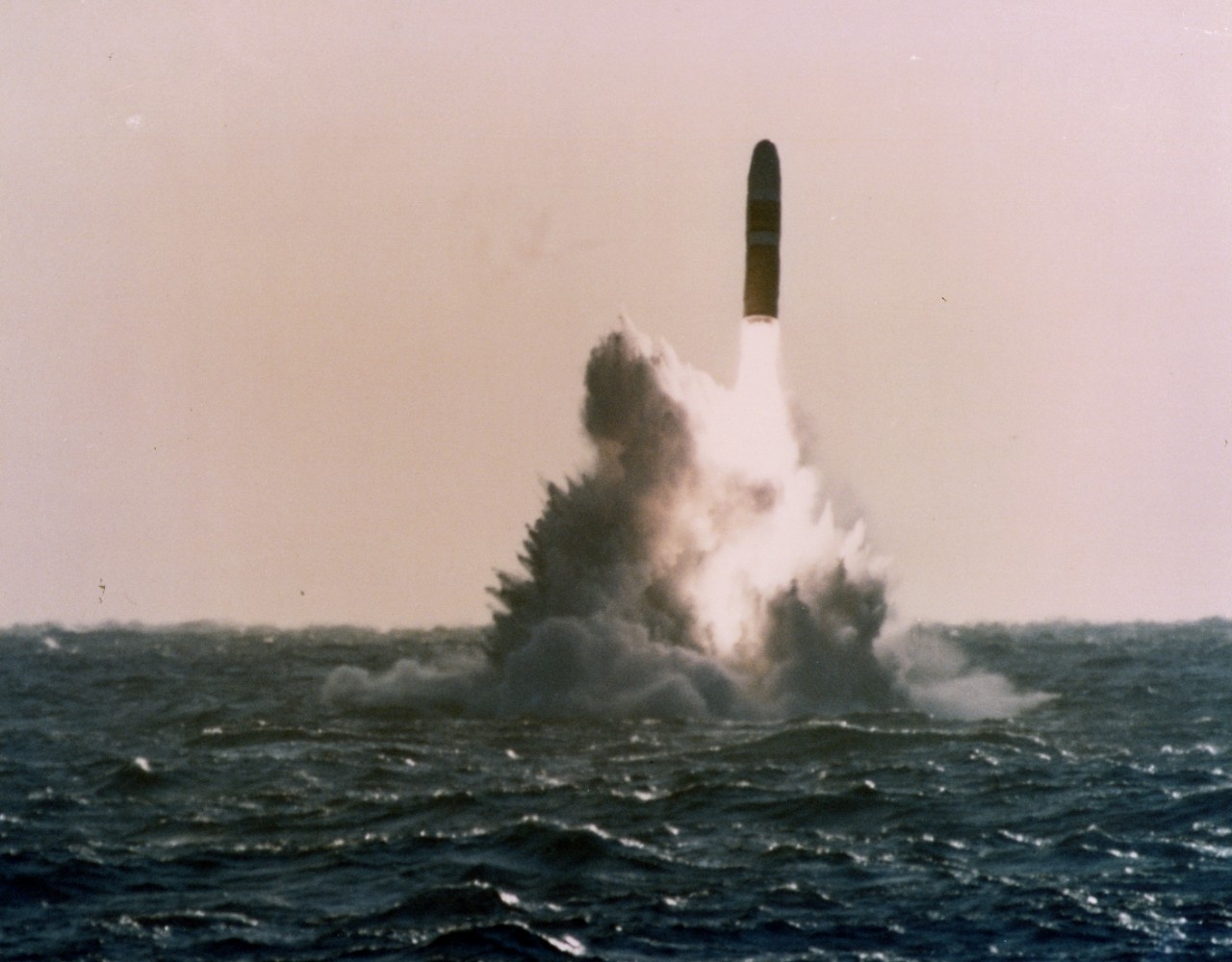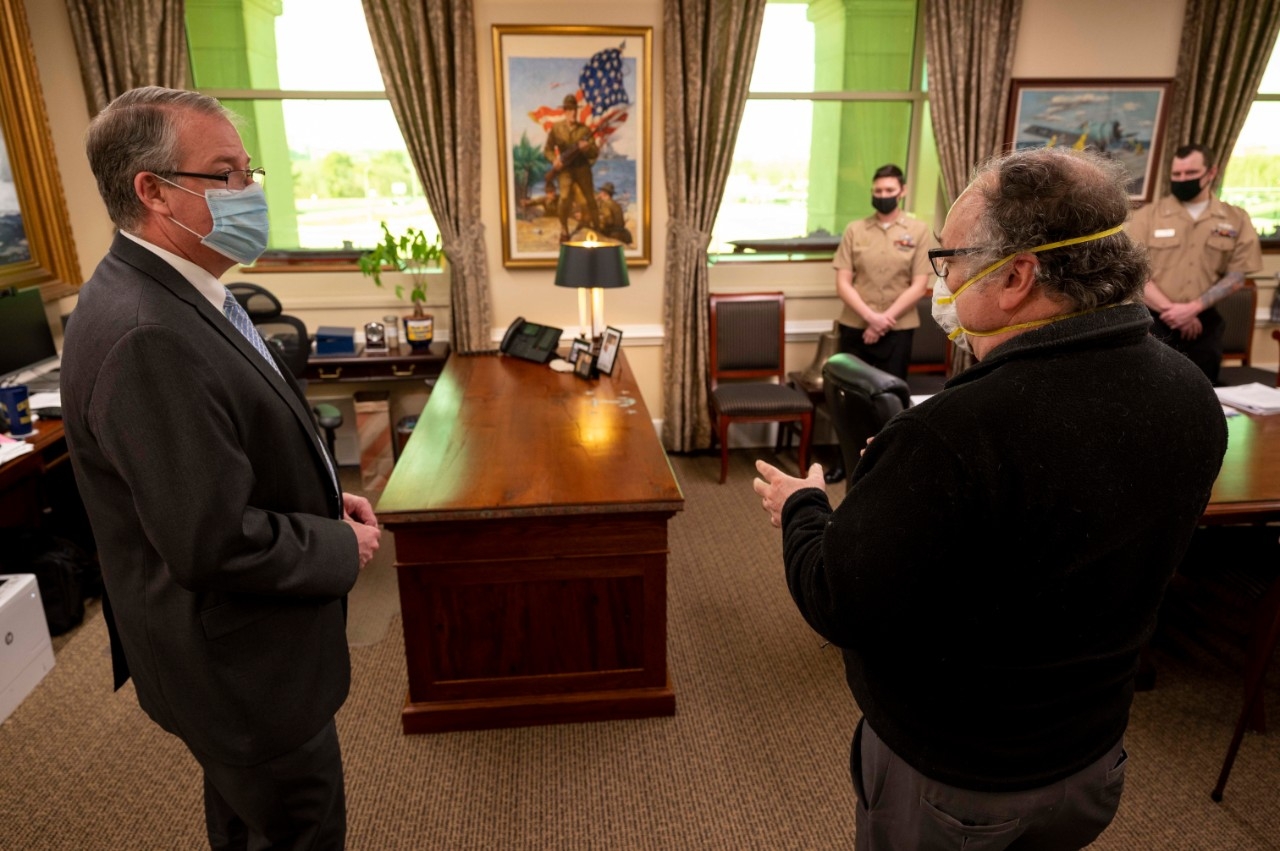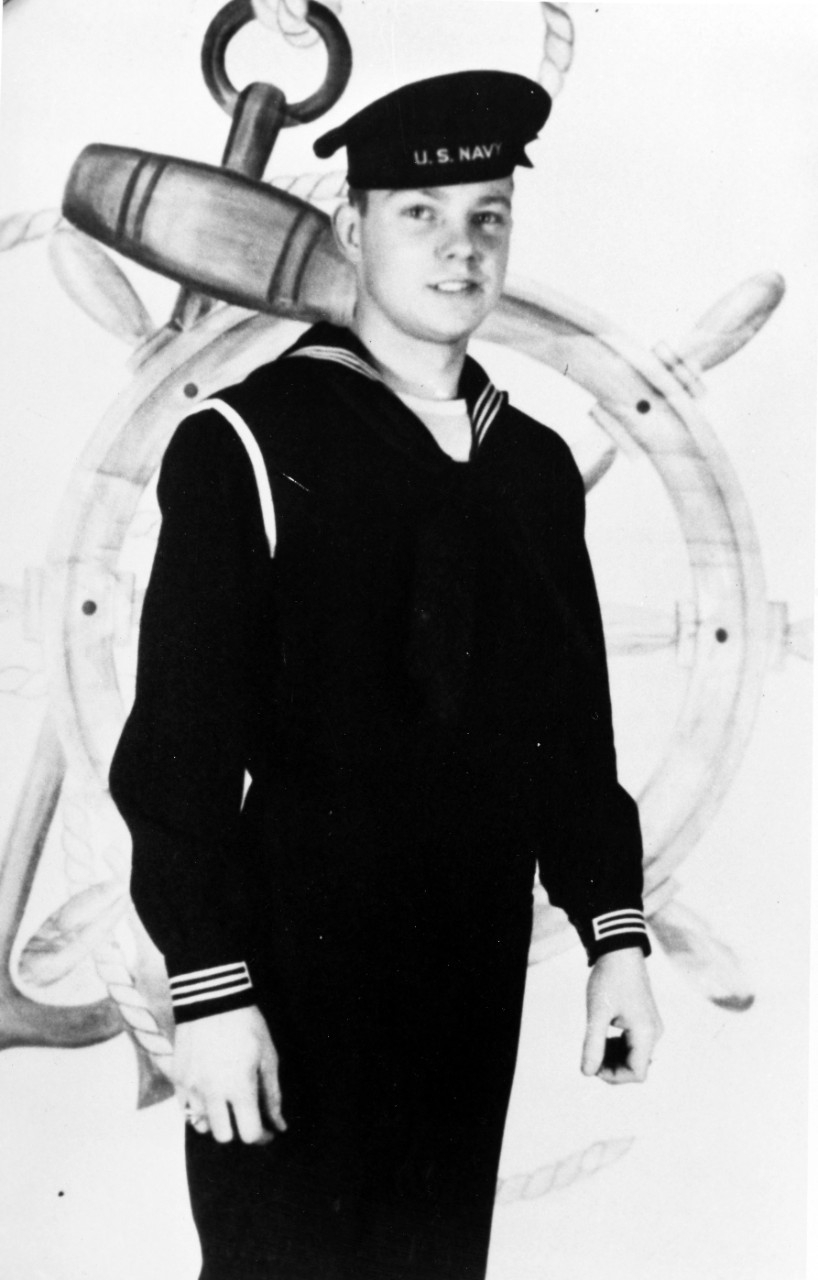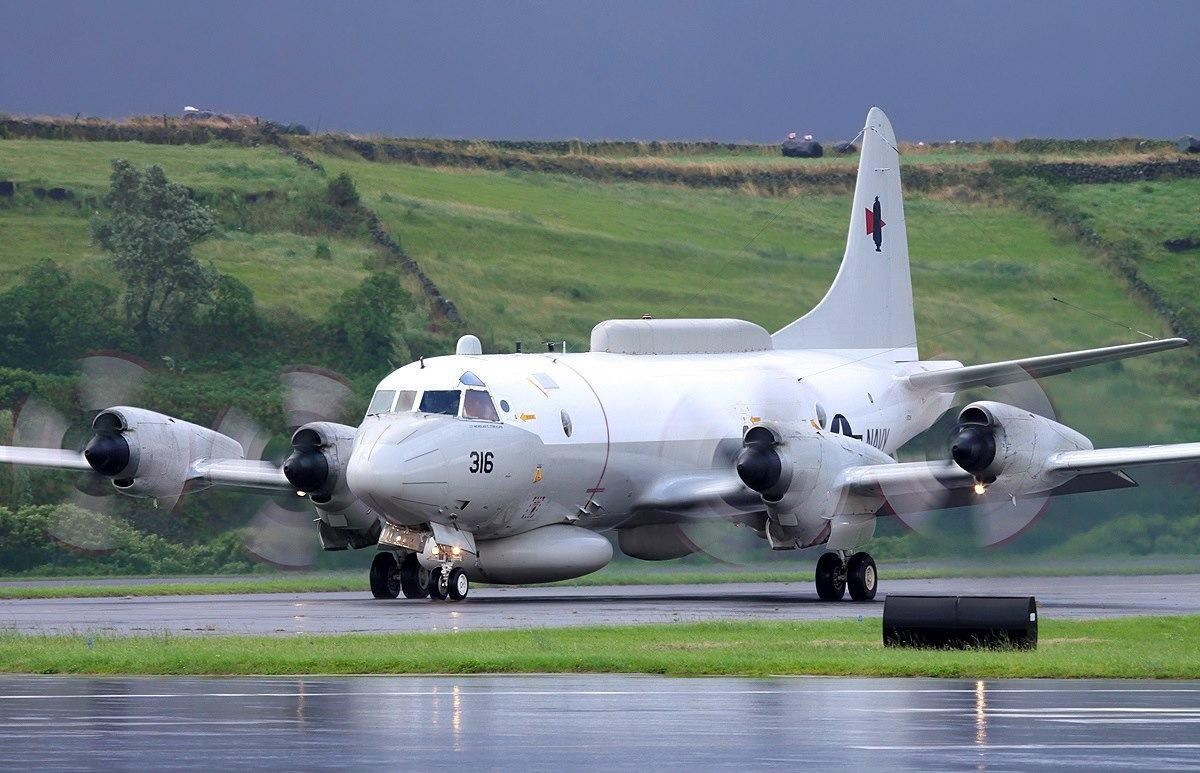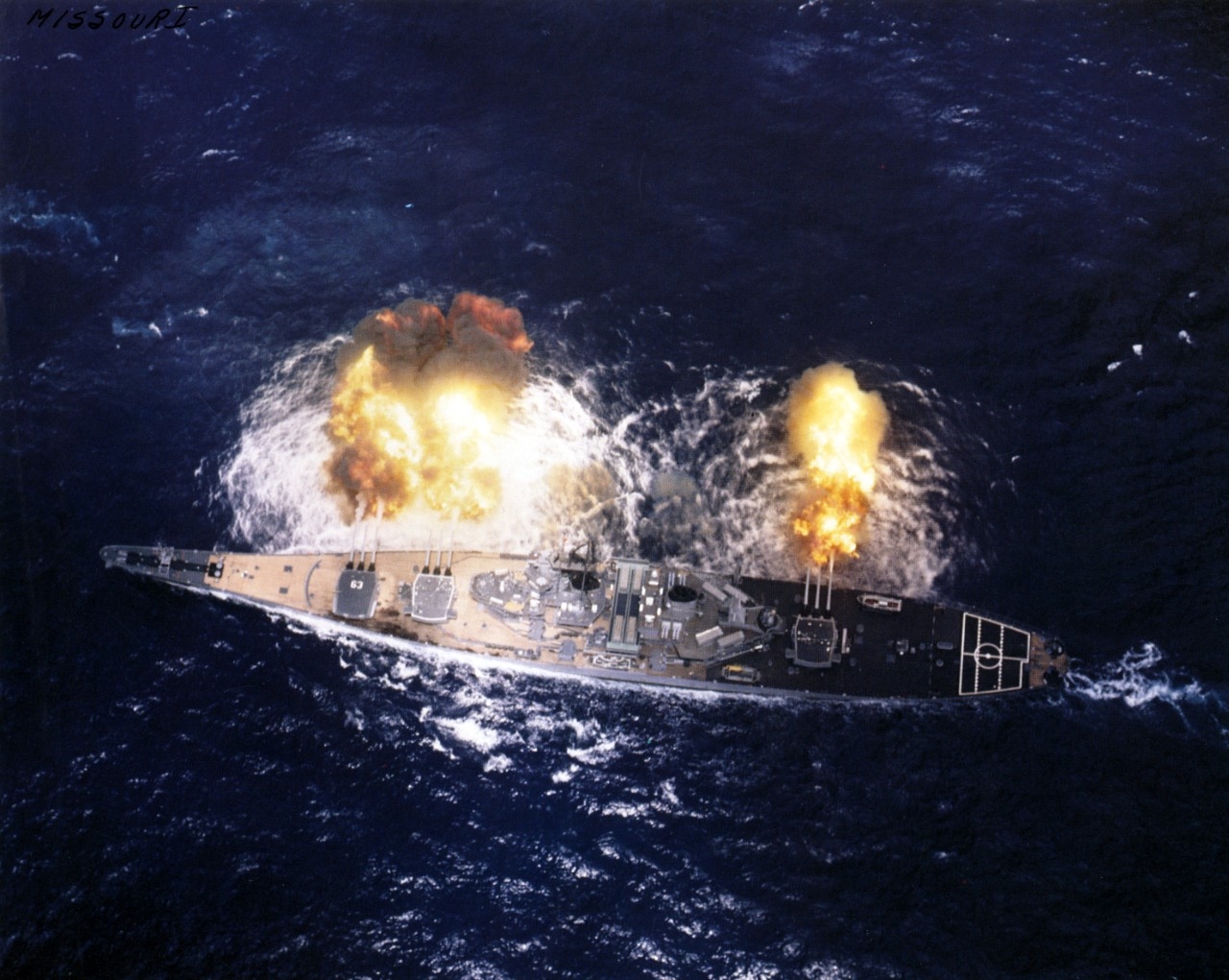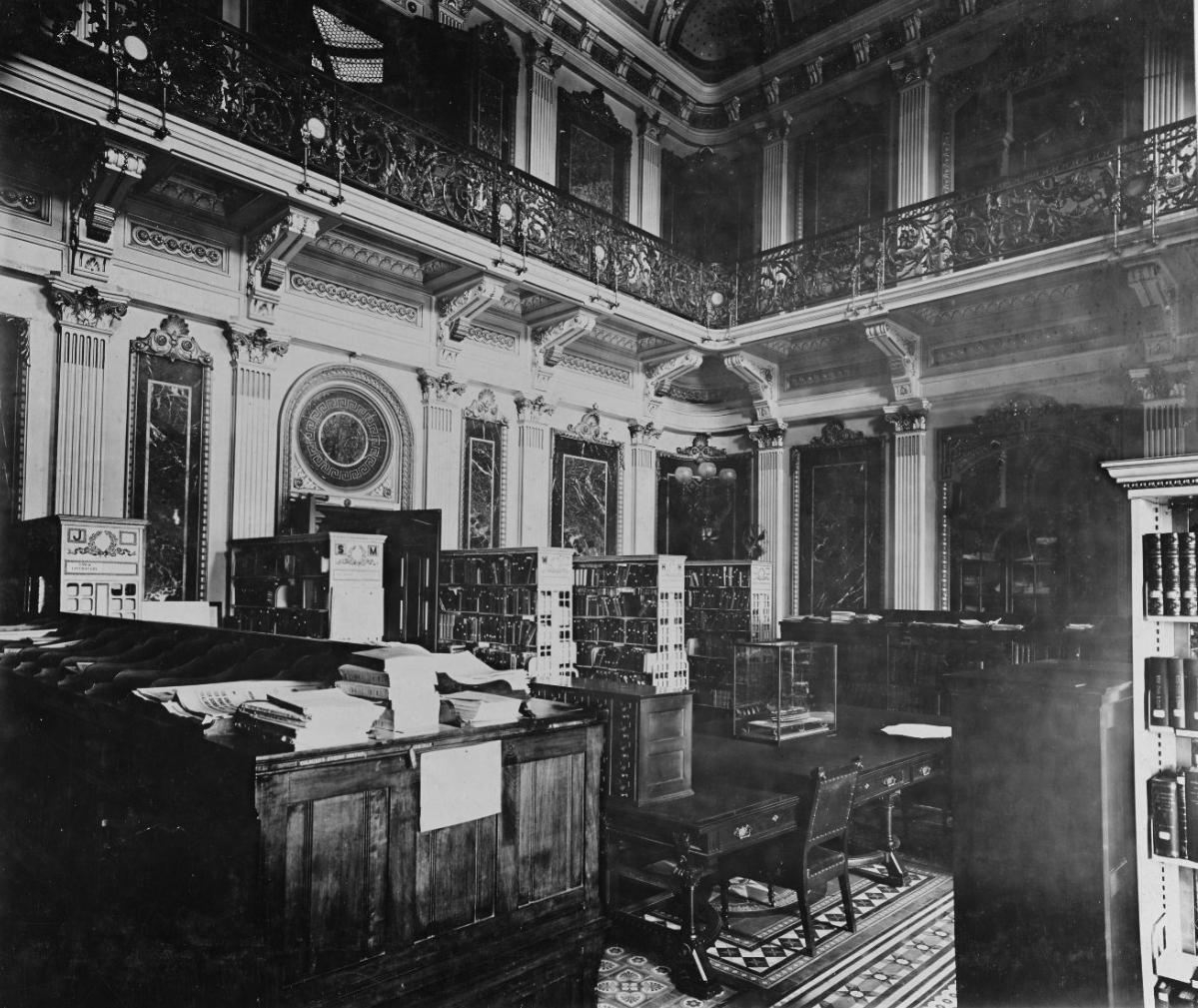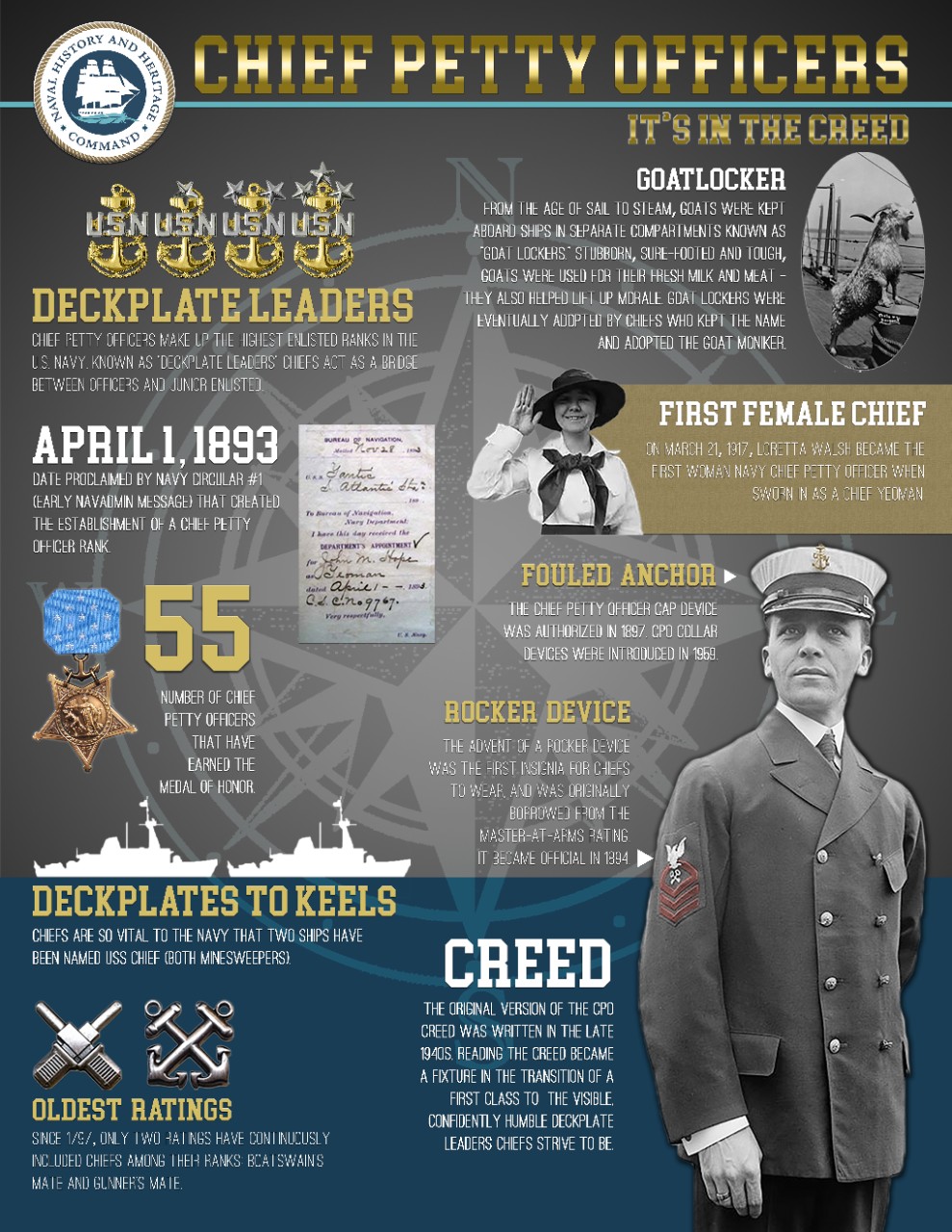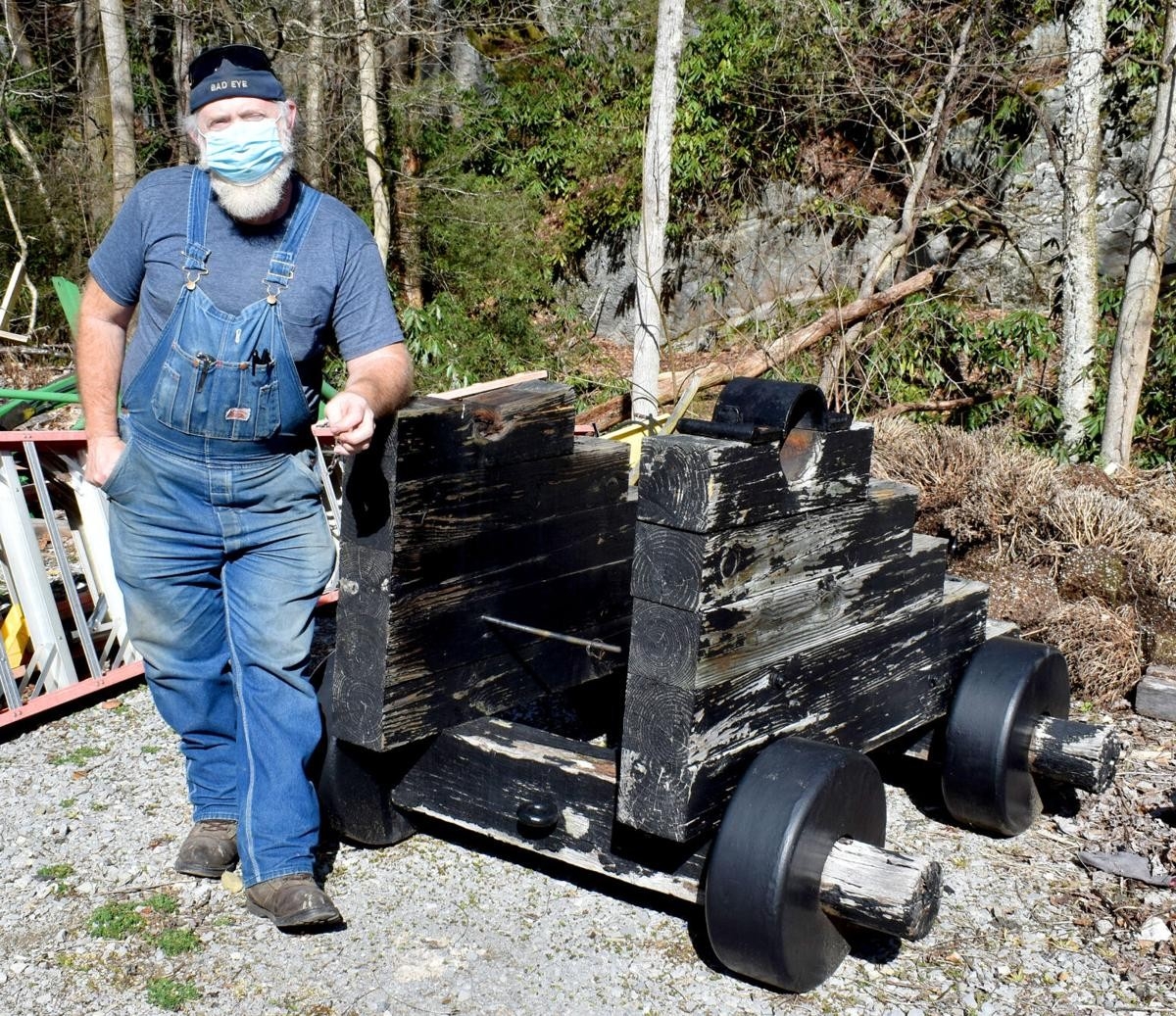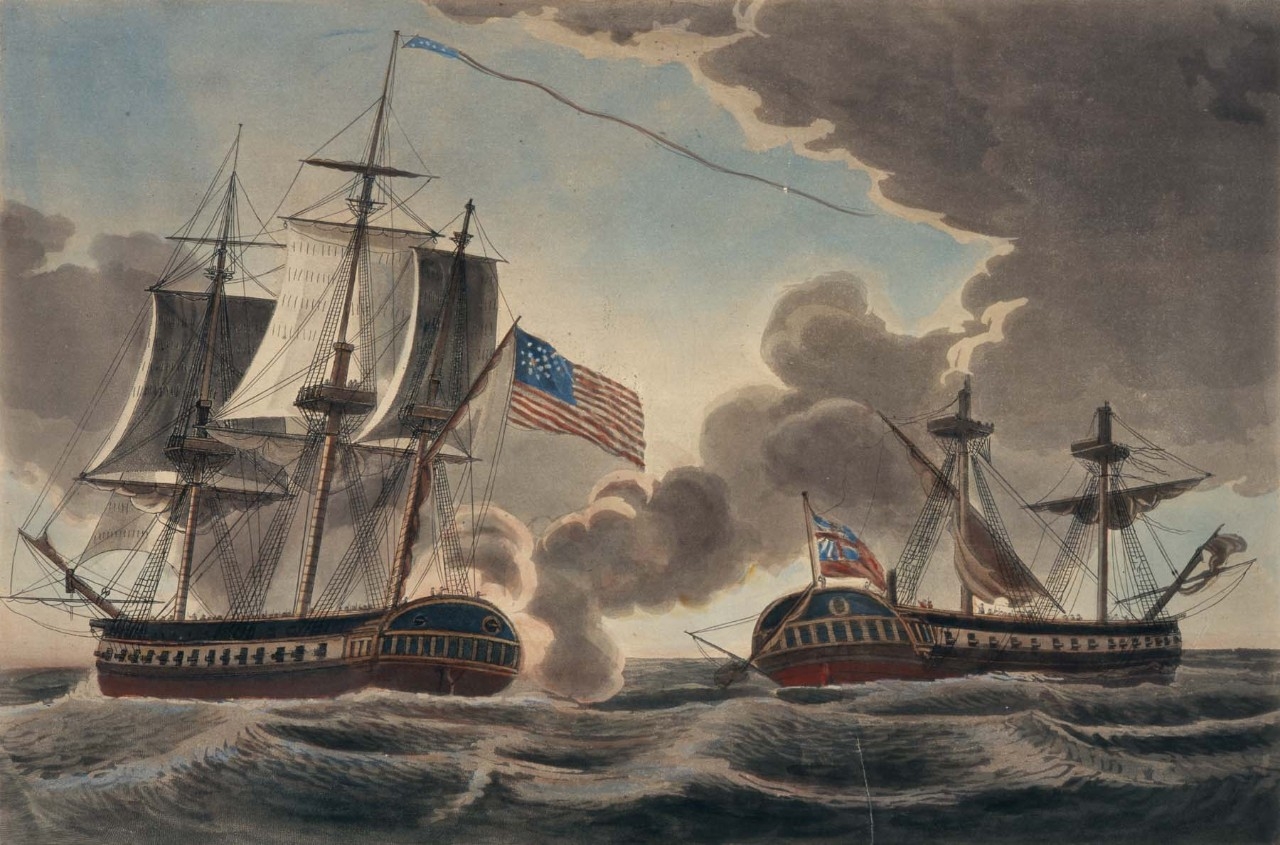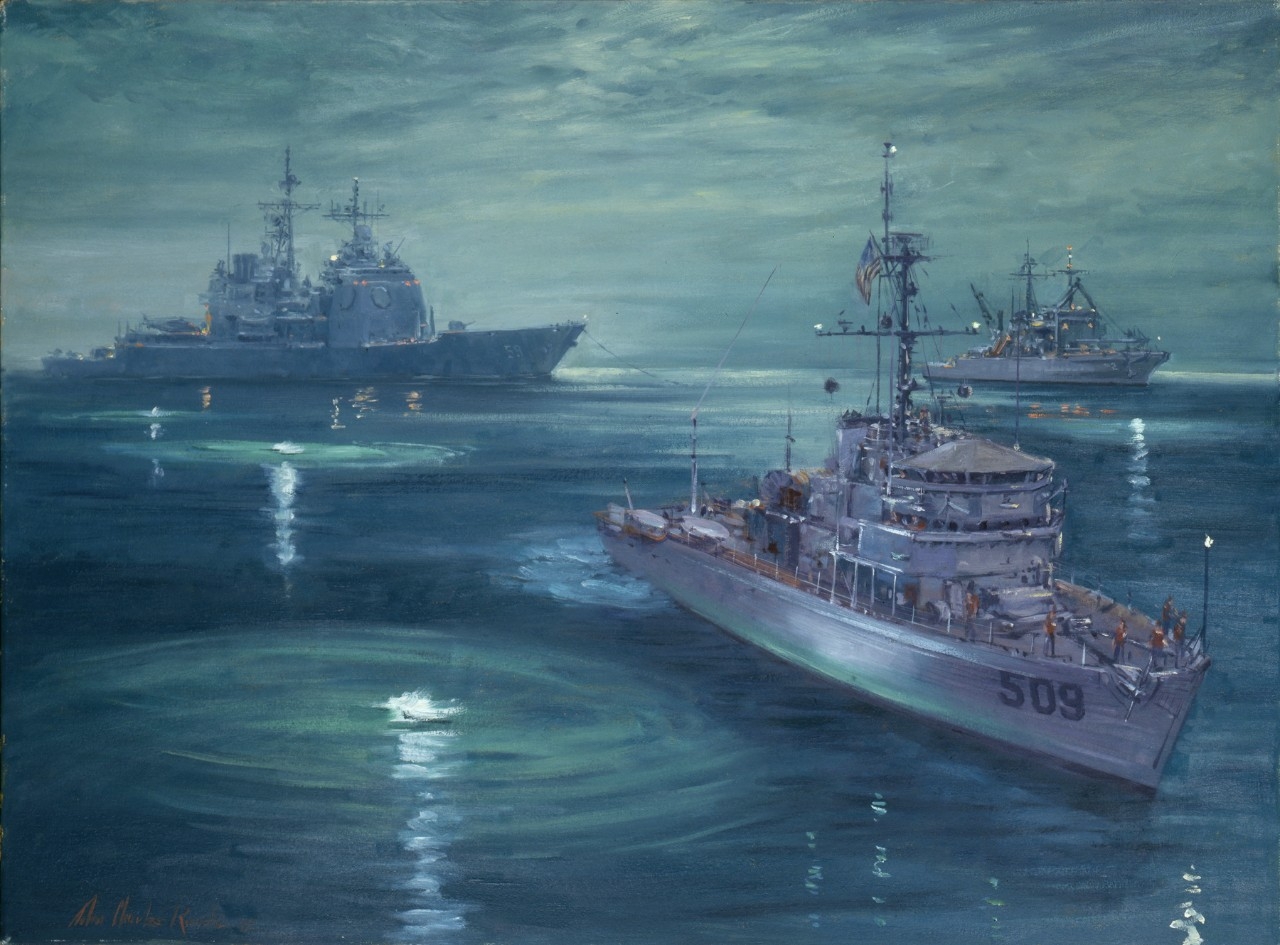Compiled by Brent Hunt, Naval History and Heritage Command’s Communication and Outreach Division
Undersea Long Range Missile System Established—50 Years Ago
On March 31, 1971, on the same day USS James Madison was underway on the first submarine patrol with the Poseidon C-3 missile, the Navy established the office responsible for the development of its successor, the Undersea Long Range Missile System, later dubbed Trident. At the time, the Poseidon was a profound advance in weaponry because it had multiple warheads that could attack separate targets. Of the Navy’s “41 for Freedom” submarines, 31 were converted to carry Poseidon missiles. The introduction of two new submarine-launched ballistic missiles (SLBMs) with considerably longer ranges and payloads—the Trident I (C4) in 1979 and Trident II (D5) in 1990—transitioned the Navy through the end of the Cold War and into the era of modern strategic deterrence. Eighteen Ohio-class ballistic missile submarines (SSBNs)—commissioned between 1981 and 1997—replaced the original “41 for Freedom” SSBNs. For more, check out the new Strategic Deterrence page at NHHC’s website. For more on the submarine force, go to NHHC’s website.
Navy Heritage Desks
Past and present joined forces when a team of Seabees built a desk made from the timbers of Constitution for the Vice President of the United States. The team also constructed another desk for the Secretary of the Navy, made from “Old Ironsides,” Chesapeake, Constellation, and battleships USS Texas, USS New Jersey, and USS Arizona. “It’s a huge opportunity to be a part of,” said Builder 1st Class Hilary Lemelin, assigned to Constitution. “It’s amazing to create a desk for someone who makes such large decisions for the country and Navy—knowing they’ll sit there every day is huge. The importance of their job can affect everything we do. It’s a piece of history now.” It took about seven weeks to construct the desks. The Seabees used wood, copper, and nails from Constitution, wood from Chesapeake and Constellation, steel plating from Texas and Arizona, and deck bolts from New Jersey. For more, read the U.S. Navy press release.
Hospital Corpsman 3rd Class Richard De Wert’s Great Heroism
On April 5, 1951, 70 years ago during the Korean War, Hospital Corpsman 3rd Class Richard De Wert was killed in action while administering first aid to injured servicemembers. De Wert had arrived on the Korean peninsula in 1950, and participated in the landings at Inchon and at Wonsan. He also took part in the Chosin Reservoir retreat and the subsequent Hungnam evacuation of the UN forces. In 1951, De Wert served with the Marines as they cleared North Korean guerrillas from rural areas of South Korea and as they helped drive the enemy back beyond the 38th parallel. On the day he was killed during an attack on Chinese Communist forces, De Wert was serving with the 2nd Battalion, 7th Marines. De Wert persistently, and in spite of his own wounds, moved through the fire-swept battlefield to aid fallen Marines. He was posthumously awarded the Medal of Honor for his “great heroism on this occasion.”
Month of the Military Child
April is designated as the Month of the Military Child, highlighting the important role military children play in the Armed Forces’ mission and community. The Month of the Military Child is a time to recognize military families and their children for the sacrifices they make and the challenges that come with being a child of a servicemember. Although often young, these brave sons and daughters stand in support of their military parents through moves and deployments, and they make up a very special part of the nation’s population. To honor their unique contributions, April is an opportunity to applaud military families and their children for the daily sacrifices they make and the challenges they overcome.
Hainan Incident—20 Years Ago
On April 1, 2001, a VQ-1 EP-3E Aries II suffered a mid-air collision with a Peoples Liberation Army Naval Aviation (PLANAF) J-8 Finback II jet fighter off Hainan Island in the South China Sea. The People’s Republic of China claimed the EP-3 had maneuvered into the Chinese fighter, which was the exact opposite of what actually occurred. The pilot of the Chinese jet ejected, but was never found. The American patrol plane made an emergency landing at a Chinese military airfield on Hainan Island. The 24-man crew was ordered off the aircraft while the Chinese conducted intelligence exploitation. The crew was returned to the United States on April 11 and the disassembled aircraft was returned via heavy-lift aircraft in July 2001. For more U.S. Navy aviation incidents in confrontations other than war, read H-Gram 029-3 at the Director’s Corner. For more on naval aviation, go to NHHC’s website.
USS Missouri Decommissioned
On March 31, 1992, USS Missouri, the last active American battleship, was decommissioned. Commissioned in June 1944, she served during World War II, notably as the location of the official Japanese surrender on Sept. 2, 1945. Although most remember Missouri as the symbolic end of the war, she was a highly decorated battleship that earned eight battle stars during her service to the nation—three during World War II and five during the Korean War. Missouri was also the first battleship to fire Tomahawk cruise missiles at Iraqi targets at the commencement of Operation Desert Storm. Today, “Mighty Mo” is open for visitors in Pearl Harbor, HI, as the Battleship Missouri Memorial, under the care of the USS Missouri Memorial Association, Inc. For more, check out the USS Missouri: “Mighty Mo” page at NHHC’s website.
Naval Library Established 221 Years Ago
On March 31, 1800, President John Adams directed Secretary of the Navy Benjamin Stoddert to establish a naval library—now the Navy Department Library—that would contain “the best writing... on the theory and practice of naval architecture, navigation, gunnery....” From those humble beginnings, the library's collections have grown to 114,000 book titles, 374,000 manuscripts, and 189,000 issues of periodicals. These include 5,644 rare and 11,011 special collections titles, with an emphasis on naval, nautical, and military history, including foreign navies. The library is home to the most comprehensive collection of historical literature on the U. S. Navy; more than 13.5 percent of the cataloged items are unique and located nowhere else. For more on the Navy Department Library, go to NHHC’s website.
Navy General Order Established Chief Petty Officer Rank
April 1 marks the 128th anniversary of the establishment of the chief petty officer rank. General Order 409, signed by President Benjamin Harrison, officially established the rank on April 1, 1893. The rank petty officer first class was shifted to chief petty officer. The chief rank initially only applied to nine ratings: chief master-at-arms, chief boatswain’s mate, chief quartermaster, chief gunner’s mate, chief machinist, chief carpenter’s mate, chief yeoman, apothecary, and bandmaster. The chief rank has since expanded to all ratings. In 1958, the Career Compensation Act was amended to add two new pay grades—senior chief (E-8) and master chief (E-9) and six new rating titles. For more, read the history of the chief petty officer grade and check out NHHC’s chief petty officers infographic.
City of Norton Begins Restoration of Constitution Cannon
Norton, VA, city officials and maintenance workers have begun the process of restoring a Constitution cannon that was given to the city in 1933 as part of a nationwide program to provide war memorials to communities. Since that time, the cannon overlooked Norton’s Park Avenue before it was moved to its current location in front of City Hall. “It’s been over 22 years since the last repair,” City Manager Fred Ramey said as the cannon lay in a wooden cradle next to its concrete pedestal mount. “We’ve reached out to the USS Constitution Museum for help, and they’re providing plans for the original style gun carriage for the ship’s mounts. We’re going to try and make it as accurate as possible.” Crews removed the cannon from the carriage earlier this month, and the carriage has been taken to a local workshop for disassembly and restoration of the carriage hardware. “I worked on the last restoration 22 years ago, and this will be my last big project since I’m retiring in four years,” said David Rose, a maintenance foreman for the city, who is looking forward to rebuilding the carriage to the Constitution Museum’s specifications. For more, read the article. For more on Constitution: America’s Ship of State, go to NHHC’s website.
Webpage of the Week
This week’s Webpage of the Week is new to NHHC’s notable ships. Frigate United States was commissioned on July 11, 1797, with American Revolution hero Captain John Barry in command. The ship was one of six frigates authorized by Congress with passage of the Naval Act of 1794. United States—designed by architect Joshua Humphreys and Captain Thomas Truxtun—was the first to be launched of her sister ships, Constellation, Constitution, Congress, President, and Chesapeake. On June 10, 1810, United States made way to Norfolk, VA, for refitting under the command of Capt. Stephen Decatur, Jr. While at Norfolk, British Capt. John S. Garden of the frigate HMS Macedonian wagered that if the ships ever meet, his vessel would take United States in battle. It would not be long until the rival captain’s bet would become reality. On June 19, 1812, the United States declared war on Great Britain. After patrolling off the U.S. east coast in August and October with Congress and Argus, United States parted ways with the squadron to cruise eastward. On Oct. 25, 1812, 500 miles south of the Azores, lookouts spotted a ship over the horizon. Decatur quickly realized it was his nemesis—Garden’s Macedonian. For more, check out the page today. It contains a short history, suggested reading, and selected imagery.
Today in Naval History
On March 30, 1991, the crew of USS Princeton was awarded the Combat Action Ribbon in recognition of the superior and arduous work they put in to keep the ship in war-fighting status following the Feb. 18 mining of the ship during Operation Desert Storm. The explosion sent shockwaves radiating along the ship’s keel, throwing the aft lookout into the water, and the forward lookout 10 feet into the air. Within several seconds, shockwaves triggered a second mine that exploded about 350 yards off the ship’s starboard bow. The blast inflicted a side-to-side motion on the hull that nearly split Princeton in half and tossed crewmembers. The explosions and concussion ruptured internal fuel tanks as well as the stern fire main. It also damaged the rudder and propeller shaft. The crew nonetheless contained the flooding and fires within two hours, pumping the water overboard, patching and shoring the leaking fuel tanks, and gradually bringing her radars and combat systems back online. Most of the crew were in the least vulnerable center area of the ship, but the explosions injured three Sailors seriously enough to warrant their evacuation.
For more dates in naval history, including your selected span of dates, see Year at a Glance at NHHC’s website. Be sure to check this page regularly, as content is updated frequently.

